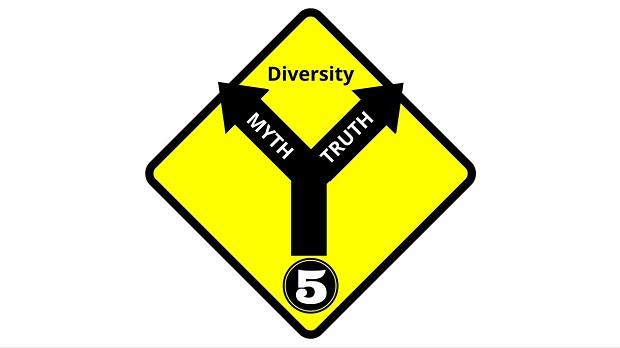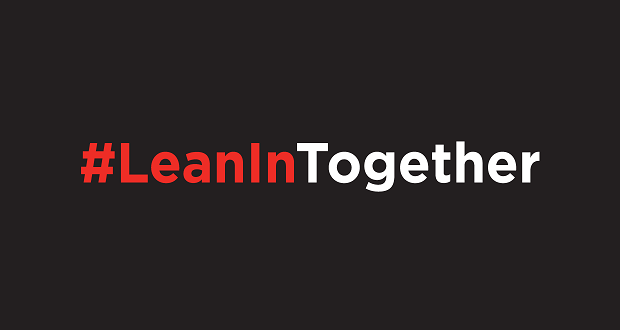
I recently engaged in a discussion with my Gen Y colleagues on Facebook. I made a post asking my friends about their experiences with colorism. Feedback came from those identifying as Filipinx, Indian, black, Latinx, and more. They shared stories about being teased because of their skin color, being told not to date someone of another complexion, and the list goes on. That just goes to show you how prevalent this problem is across racial/ethnic groups and why it still needs to be addressed. The respondents were extremely happy to have the opportunity to share stories with me and each another.
The reason I asked this question was because of my own recent experience online. An acquaintance of mine mentioned that she thinks Marvel’s Luke Cage on Netflix is a series filled with colorism. I questioned her reasoning in a genuine effort to understand it better and ended up disagreeing with her logic. What I failed to realize at the time, was that she saw me as a lighter skinned woman who was trying to tell her, a self-identifying darker skinned woman, how to feel about color. It wasn’t my intention at all, as others in the conversation could tell, but her perception is her reality and now mine as well.
So, what is the significance of my “research” in the realm of D&I (diversity and inclusion)? Well, colorism didn’t stop in the “brown paper bag test” era back in the day. It is still prevalent in many different communities and we need to raise awareness about it. Once you have a better understanding of what colorism is and how many people are still affected by it today, you may be wondering what can be done to help. When it comes to issues such as this, one of the most important things is letting people’s voices be heard. Think about what you can do, within your sphere of influence, to amplify others’ voices (doing something as simple as using Facebook as a forum of discussion can help). And sometimes, just listen. Allow people to vent. If someone shares that he/she sees colorism in something that you don’t, it may be better for you to seek to understand and stay silent even if you disagree (like if your acquaintance sees colorism in a show you really enjoy).
All in all, it is very unfortunate that colorism is still affecting many people all across the U.S. and the world. However, creating/facilitating opportunities to discuss this issue is one positive step in the right direction toward actionable change.


















